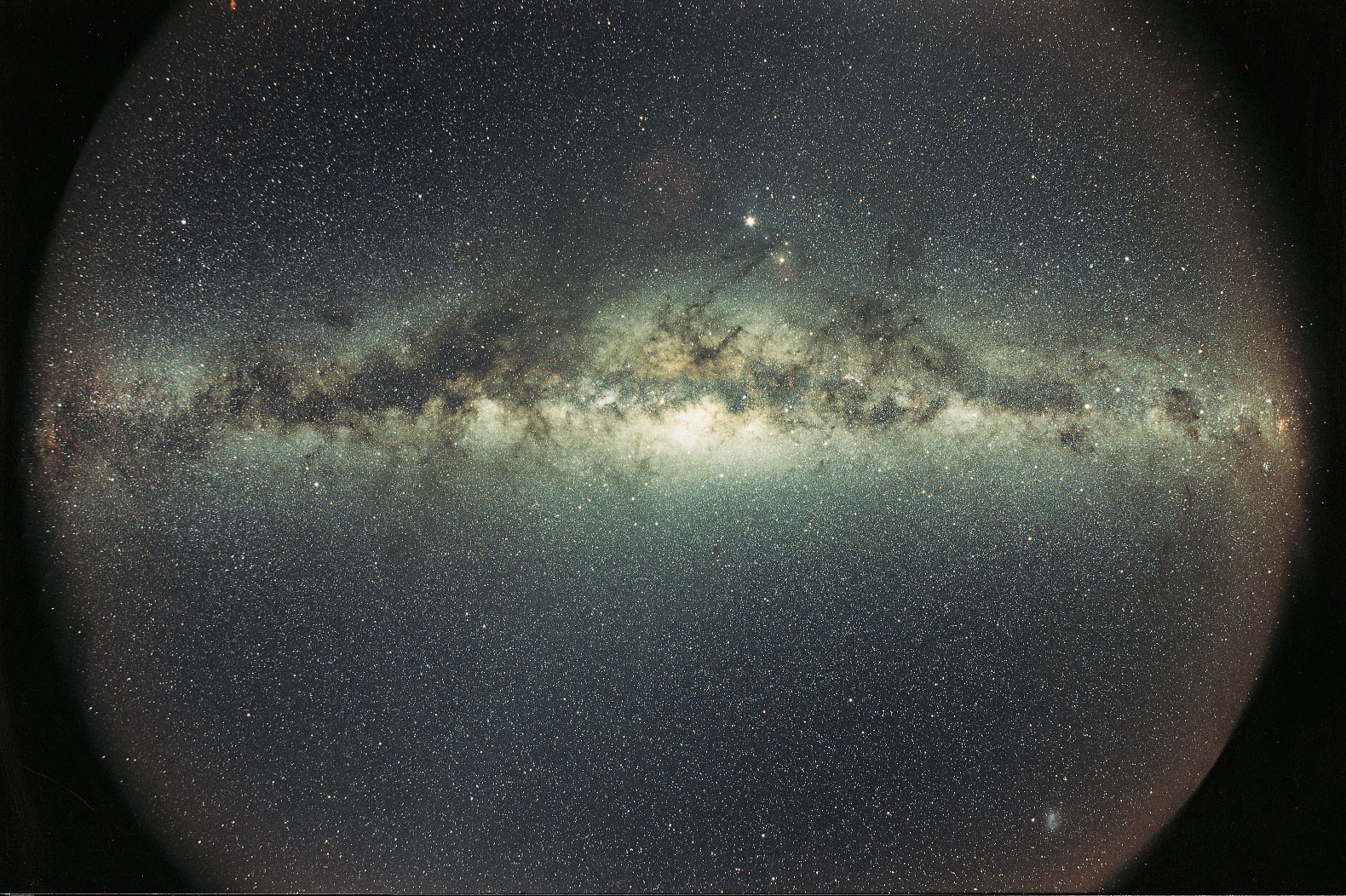Retired back in 2018, the Kepler Space Telescope has been gathering an impressive amount of data during its ten years of service, and more than 2,245 extrasolar planets were discovered. Recently, four new planets were spotted, and it appears these planets do not orbit around stars. New research published in the Royal Astronomical Society showed that the free-floating planets have similar masses to ours, and they are floating alone into the seep space.
What we know so far
The research published by Iain McDonalds, from Open University and Manchester University, and his fellow researchers, revealed that, during the Kepler 2 mission, the telescope observed a large bundle of stars close to the Galactic Center of the Milky Way.
The planets were named rogue planets, and it is still not clear how many of them exist in our Galaxy. The estimates show that the free-floating rogue planets have different sizes: some are the size of our planets while others are approximately the size of Jupiter.
Old equipment can still reveal new findings
Together with his fellow researcher, Radek Poleski, McDonald studied the data gathered by the telescope during five years of intense research. The findings showed planets previously identifies and one bound extrasolar planet and four free-floating ones. The research is necessary because it is the first of many more to come.
Researchers hope that in the future, the NASA Nancy Grace Roman Space Telescope and the ESA Euclid will also be able to spot other planets close to the Galactic Core. Suppose the Kepler Telescope, which did not use microlensing and was not created to discover stars in the Milky Way, still helped researchers identify these planets. In that case, newer devices with microlensing technology might find even more planets of all kinds.

Leave a Reply